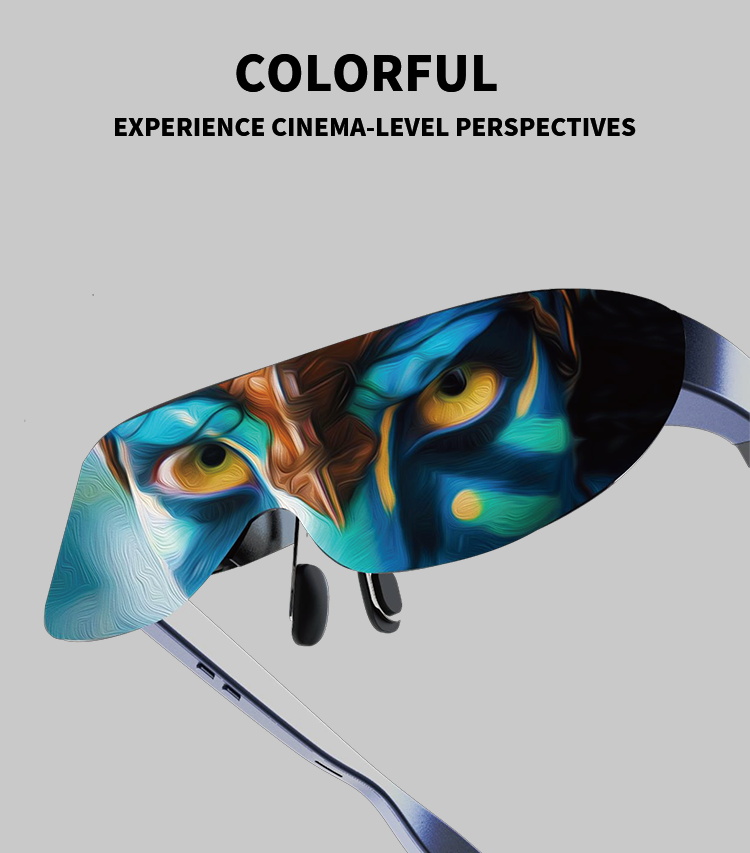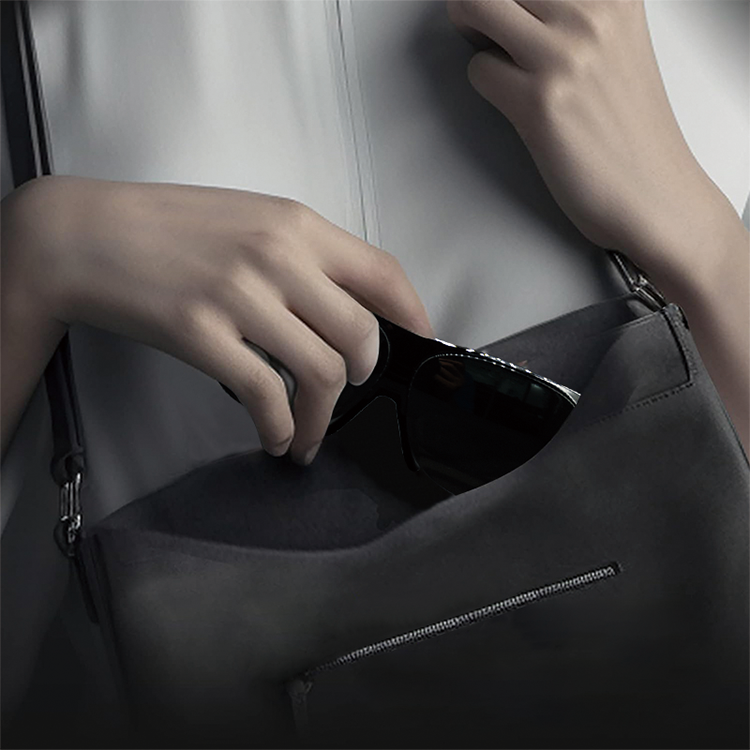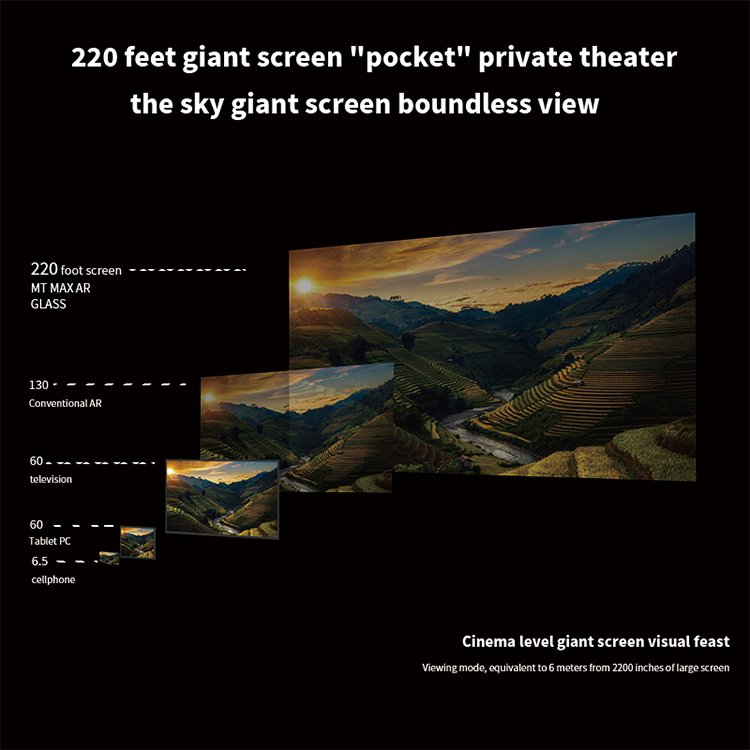- Select Language
The N40 Android smart PDA features a Cortex-A53 qu...
AR smart glasses have moved beyond the realm of science fiction and into our daily lives, enabling everything from industrial training to immersive entertainment. However, like any emerging technology, they come with their own set of challenges.
We'll cover the three most common issues—display latency, poor battery life, and overheating—and provide practical solutions.

1. Display Lag or Slow Response
Issue:
Users often experience lag when moving their head or interacting with virtual objects. This lag can disrupt immersion, reduce productivity, and cause discomfort or even motion sickness.
Possible Causes:
Processor overload caused by running a highly complex AR application.
Unstable or weak Wi-Fi/Bluetooth connection.
Outdated firmware or app versions.
Close unnecessary background apps to free up processing power.
Switch to a stable, high-speed network—preferably Wi-Fi 6 or higher.
Update the firmware and companion app to the latest versions for optimal performance.
Lower AR rendering settings (e.g., object resolution, animation complexity) in the app menu.
If lag persists, restart the device to clear temporary memory.

2. Short Battery Life
Issue:
Many AR smart glasses only last 2-5 hours on a full charge, which can be frustrating for outdoor work or extended presentations.
Brightness settings too high in sunlight.
Always-on sensors (GPS, camera, depth sensor) drain battery life.
Battery performance degrades after extended use.
Background apps continue to run.
Solution:
Lower brightness when indoors or in low-light environments.
Disable unused sensors and features when not needed (for example, turn off GPS when using in the office).
Enable Battery Saver in system settings.
Close unused background apps.
Use the original charger to maintain battery health and prevent third-party damage.
For extended work, carry a power bank with fast charging capabilities.
3. Overheating
Issue:
When using AR devices for extended periods, the glasses may overheat, sometimes affecting performance or posing a safety hazard.
Possible Cause:
Continuous, high-intensity AR operations for extended periods. Using the device in high temperatures or direct sunlight.
Charging while using the device.
Poor design ventilation.
Solution:
Take breaks every 30-40 minutes to allow the hardware to cool.
Avoid direct sunlight—work in a cool or air-conditioned environment if possible.
Never wear the glasses while charging, as this generates additional heat.
Close high-intensity AR applications when not needed.
If overheating persists, contact customer support for a firmware update or hardware check.
Pro Tips to Keep Your AR Glasses Running Smoothly
Clean the lenses and vents regularly to prevent dust accumulation that can cause overheating.
Keep the firmware updated for bug fixes and optimizations.
Use manufacturer-approved accessories to avoid performance issues.

Conclusion
While AR smart glasses are powerful tools that can transform your work, learning, and entertainment experiences, issues such as latency, poor battery life, and overheating can hinder the experience.
By following these practical fixes, you can ensure smoother performance, extend the life of your device, and fully enjoy the benefits of AR technology.